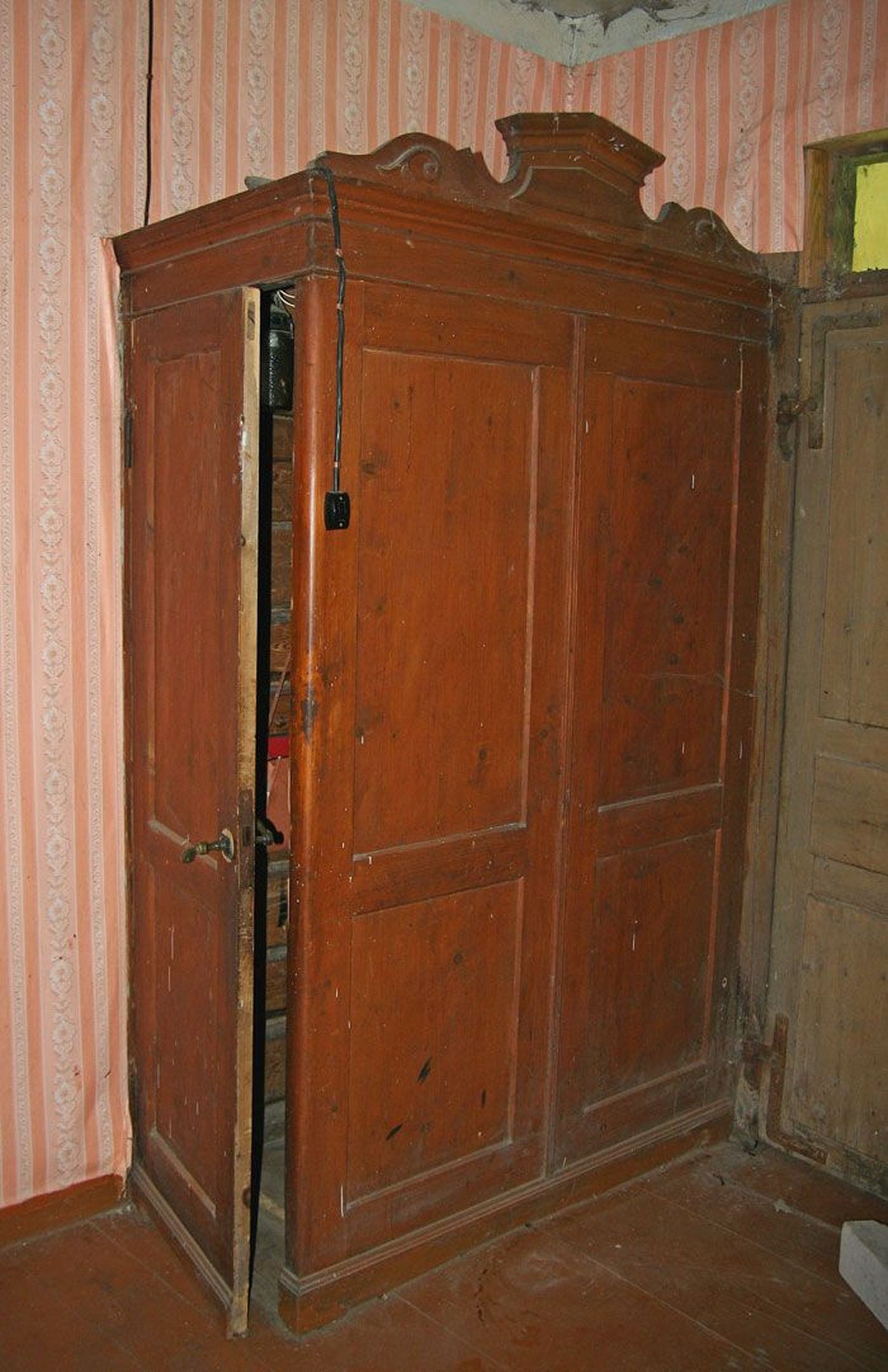
Though a word for «toilet» was present in an Estonian dictionary as early as 1660, the studies by students into early Republic of Estonia farmhouses reveal the absence of such in many. Folks that had one not always used the opportunity.

Though a word for «toilet» was present in an Estonian dictionary as early as 1660, the studies by students into early Republic of Estonia farmhouses reveal the absence of such in many. Folks that had one not always used the opportunity.
«The pathway leading to the loo was often quite overgrown» – is what, in early 1920ies, a student discovered at a Lääne County farmstead.
According to Estonian Open Air Museum science chief Heiki Pärdi, Estonian farmers started building toilets in the 19th century, but the folks were slow to get the habit of using these daily. «During the German occupation in 1918, the military men were quite forceful in insisting that each farmhouse have a loo,» said he.
In case of failure to build a loo, a threat of court-martial loomed. That worked, and toilets abounded. «Still, often, there were rarely used,» admitted the scientist. Wide open spaces, and cow-houses and barns in winter, were used.
Free to pee
Even between the world wars, the toilet-going habit was not widespread in the countryside. As discovered by the students, village folks found building toilets a waste of time and effort, as whatever came out later seemed to disappear anyhow. Also: toilets tended to stink.
According to official data, the inter-war Estonian countryside had toilets up to 50 per cent, on average; Viljandi, Pärnu and Tartu Counties leading the pack. «In South-Estonia, it was more advanced, North and West were poor and fell behind,» explained Mr Pärdi.
Information of existing yet unused loos points to as late as 1930ies. Mr Pärdi points to a lady’s memoirs of her father, building a modern house (inside loo and all) in a suburb of Tallinn – never personally visiting the facility.
«First: to let the good stuff fall waste... Second: a man’s tender hears would not survive the smell,» remembered the lady.
As today, highways hedged with men with trousers down, 90 years back public peeing was nothing to be ashamed of. Ladies – possessing no underwear – did it standing, sheltered by wide skirts. Squatting was looked down upon.
The loo avoidance was not all. With soap and water, Estonians of old were not friends. «Faces are not washed daily. Mostly, this is for Sunday morns, or sauna days,» the students of the 1920ies tell us.
Feet were washed even more rarely. Mostly, however, it was just the sauna – once a week.
«In towns, the things with cleanliness were even more complicated, as public saunas were few and far between,» said Mr Pärdi.
In 1939, Estonian towns boasted 72 public saunas, total. In a third of the towns, there were none. Mere 4 per cent of townsfolk were regular sauna goers – these mostly being the common people, from the country. «The nobility thought nothing of the sauna, that was for the yokel,» said the man.
The city slicker preferred a bath tub. Even so, these only existed in every tenth dwelling of Tallinn. In Tartu, three per cent had bath tubs, other towns had even less.
«This means not the people never washed,» stressed Mr Pärdi. Still, he noted, washing came with great difficulty, as the water had to be fetched from outside wells, by hand.
What spread the slowest was the tooth washing habit. Up to 1030ies, this was rare – only performed by the intellectuals and older schoolchildren. Usually, mouths were just rinsed with water and picked with wooden picks.
«Well... the teeth were in very poor shape, in town and country,» said Mr Pärdi. Once in a while, a family would purchase a toothbrush. One for all.
Post-war breakthrough
Bad habits were broken by schoolteachers, who taught the children modern ways. From the kids, it slowly spread to grown-ups. Still, often, parents would resent being taught snobbish stuff by offspring.
Often Moms and Dads took offence by teachers’ remarks on the dirtiness of their children. «Who are they to come tell us how to live. We’ll feed our own fleas, don’t you schoolmasters worry,» a Lääne County family muttered, angrily, after their unwashen kids got scolded at school.
When then, did Estonians clean up their act? Answers Mr Pärdi: it happened after WW2. «Indeed, one may claim it was the Soviet rule that made us Europeans. All kids were ordered to wash. Mandatory. They checked the hands, the feet, the behind-the-ears,» said Mr Pärdi.
Still, he admits, the change would have come, whatever the powers. The times just changed. «People moved to the cities, away from the farms and the animals. Thus, cleanliness became easier,» the man is convinced.
Mr Pärdi also underlines that Estonians were no dirtier than the rest of the nations. In a 1951 poll by the French ladies journal Elle, the findings were shocking: 25 per cent of women had never brushed their teeth; 39 per cent only took a bath once a month.
Based on a lecture by Heiki Pärdi at Tallinn University on historical hygiene of Estonians and the dark side thereof.